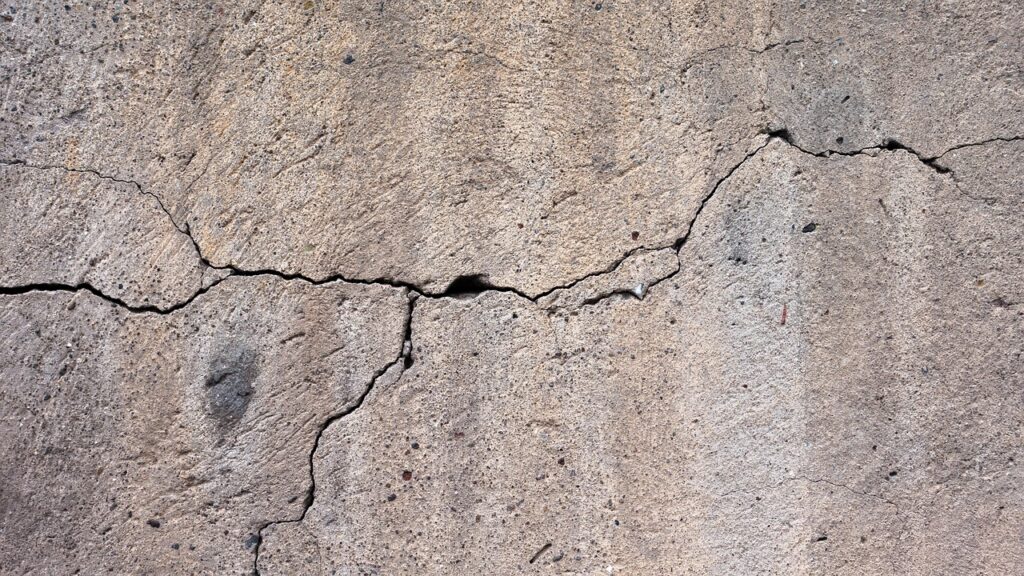Toronto’s freeze-thaw cycle attacks concrete hard. Without proper concrete driveway sealing, your pavement fails fast. Most homeowners skip sealing or seal wrong, causing damage that costs five to twenty thousand to fix.
Mishap One: Never Sealing Before Winter
Unsealed concrete stays porous. Water seeps in through tiny pores. Winter temps plunge to minus eighteen. Water freezes and expands nine percent. This pressure cracks concrete from inside.
By spring, you see surface flaking called scaling. Pits and cracks spread. Three to four years of this cycle and you need full replacement. A sealed driveway? It lasts twice as long.
Best time to seal? Late spring through early fall when temps stay above ten degrees. Fall is ideal—seals before winter hits.
Mishap Two: Using Wrong Sealant Type
Not all sealers are equal. Cheap asphalt-based sealers break down fast. They last one to two years. Better acrylic sealers last two to three years. Oil-based sealers penetrate deep but cost more.
Toronto’s harsh climate demands quality. Skip budget brands. Invest in sealers rated for extreme freeze-thaw. Cost runs one hundred fifty to three hundred dollars for a two-car driveway. That seals and protects for years.
Wrong sealer type fails in the first freeze cycle. Money wasted. Driveway still suffers.
Mishap Three: Sealing Too Close to Winter
Cold temps prevent sealant from curing right. Moisture in cold air blocks bonding. Sealant peels or cracks. You end up with no protection.
Cure time matters. Most need forty-eight hours above ten degrees. If you seal in October and temps drop to five degrees, curing stops. The sealant sits soft all winter.
Smart move? Seal by mid-September. This gives two months before cold hits. Curing completes fully. You’re protected.
Mishap Four: Ignoring Cracks Before Sealing
Big cracks need filling first. Water pools in deep cracks. Sealing over cracks traps water inside. That water freezes, expands, and breaks concrete.
Fill cracks with asphalt crack filler or cold-mix asphalt. Smooth them level with the surface. Let them cure per instructions. Then seal.
Skip this step and sealing does nothing. Cracks still leak. Damage continues.
Mishap Five: Forgetting About Drainage
Water pools on driveways when slopes are bad. Downspouts dump water onto the surface. Snow piles up and melts in place. Pooled water freezes and thaws, breaking concrete.
Check your driveway slope. Water should run off, not gather. Move downspouts away from the edge. Clear gutters so water flows right.
Wet concrete plus freeze-thaw equals fast failure. Dry concrete lasts decades.
Smart Sealing Steps
- Seal in late spring or early fall
- Use quality sealant rated for cold climates
- Fill all cracks before sealing
- Ensure proper drainage sloping
- Reseal every two to three years
The Money Math
New concrete runs nine to forty-five dollars per square foot. A two-car driveway at six hundred square feet costs fifty-four hundred to twenty-seven thousand dollars.
Sealing costs one hundred fifty to three hundred dollars. Reseal every two to three years. Over twenty years, sealing runs one to two thousand total.
Skip sealing? Expect a full replacement by year seven. That’s fifteen thousand to twenty-five thousand dollars. The choice is clear.
Toronto’s Challenge
Toronto winters are brutal. Temps swing from minus eighteen to plus five. Salt spray corrodes everything. Roads get salted heavy. That salt splashes your driveway.
Sealed concrete resists salt. Unsealed concrete absorbs salt and degrades fast.
One sealed driveway survives Toronto winters fine. Unsealed ones fail.










